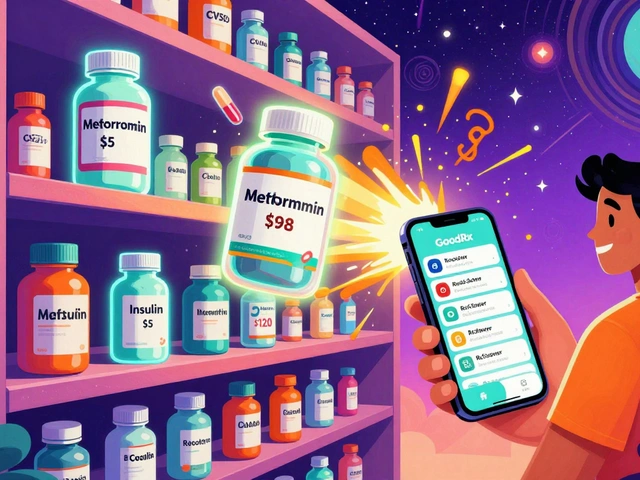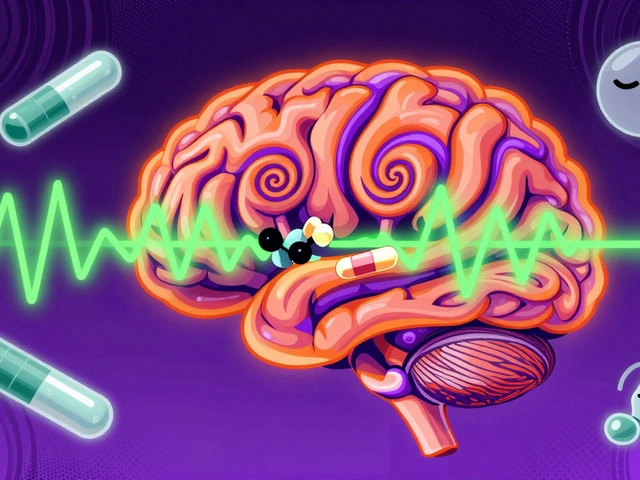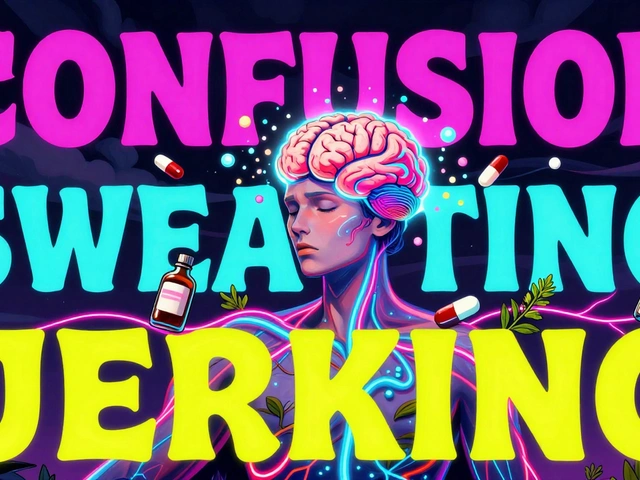Clonidine Alternatives: A Practical Overview
When looking at Clonidine alternatives, medications or compounds used instead of clonidine for conditions like hypertension, ADHD, or anxiety, you’re really asking about other ways to tap the body’s alpha‑2 receptors or lower blood pressure without the same side‑effect profile. Some common substitutes are Guanfacine, an oral alpha‑2 agonist often prescribed for ADHD and blood‑pressure control, Dexmedetomidine, a potent IV alpha‑2 agonist used for sedation in intensive care, Labetalol, a mixed‑action antihypertensive that blocks both alpha and beta receptors, and Atomoxetine, a non‑stimulant ADHD drug that works through norepinephrine pathways. Each of these options brings its own efficacy profile, dosing needs, and safety considerations. Clonidine alternatives therefore aren’t a single drug class; they span sedatives, antihypertensives, and ADHD agents, creating a web of choices for patients and clinicians alike.
Understanding how these alternatives fit together starts with a few key relationships. Clonidine alternatives encompass other alpha‑2 agonists like guanfacine, which means they share a mechanism of reducing sympathetic outflow. These alternatives often require dosage adjustments based on the target condition, because a dose that controls blood pressure may be too low for ADHD symptom relief. Choosing the right alternative depends on the primary indication—whether you need steady blood‑pressure control, anxiety reduction, or attention‑deficit management. For example, dexmedetomidine shines in short‑term procedural sedation, while labetalol is favored when both alpha and beta blockade are needed to tame severe hypertension.
How to Pick the Right Option for Your Situation
Start by clarifying the health goal. If you’re dealing with high blood pressure that spikes at night, guanfacine’s once‑daily dosing and mild sedation may be a good match. When anxiety accompanies chronic pain, the calming effect of dexmedetomidine (under close supervision) can be valuable, but it’s not a home‑use solution. For patients who need both blood‑pressure control and a protective effect on the heart, labetalol’s dual action offers a tidy package. ADHD patients who can’t tolerate stimulants often turn to atomoxetine, which rides a different neurochemical pathway and avoids the cardiovascular surge that clonidine sometimes produces.
Safety profiles also drive decisions. Guanfacine may cause dry mouth and dizziness, especially when standing up fast. Dexmedetomidine can lead to bradycardia and hypotension, so continuous monitoring is a must. Labetalol carries a risk of bronchospasm in asthmatics because of its beta‑blocking component. Atomoxetine is linked to appetite loss and insomnia, but it rarely triggers the rebound hypertension seen with abrupt clonidine withdrawal. Knowing these nuances helps you weigh benefits against drawbacks for each alternative.
Below you’ll find a curated list of articles that dig into each of these alternatives in detail. From dosage guides to side‑effect management, the posts break down the practical aspects you’ll need to decide which drug fits your health plan best. Dive in to get the facts, compare real‑world experiences, and walk away with a clearer picture of the best Clonidine alternatives for your specific condition.
Clonidine vs Alternatives: A Detailed Comparison Guide
A comprehensive guide comparing clonidine with its main alternatives, covering mechanisms, uses, side effects, and how to pick the right drug for hypertension or ADHD.





